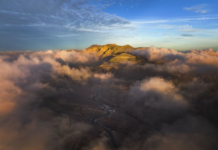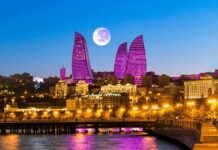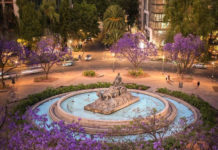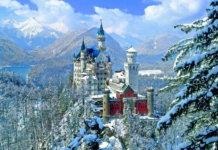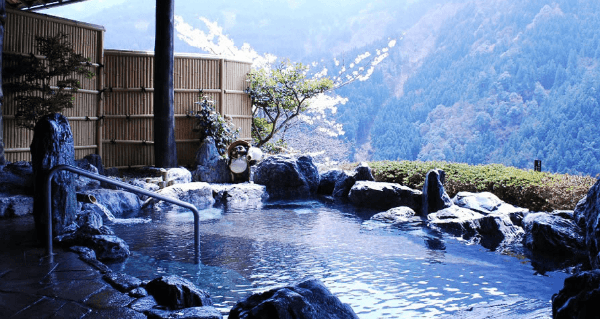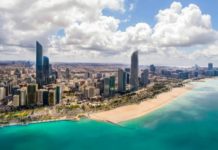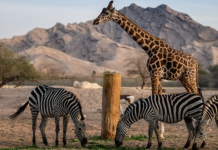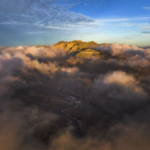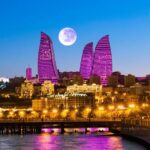Japan has been famous for its hot springs known as Onsen . Japan’s hot springs , for who may not know them, are spring produced by the emergence of geothermal heated groundwater that rises from the Earth’s crust. And Japan has nearly 3000 of them, the most around the world due to Japan’s volcanic nature.
Every region of Japan has its own share of Onsen and there are many types of them according to the minerals dissolved in the water. Different minerals provide different health benefits while hot springs in general are believed to have a relaxing effect on your body and mind.
According to Japan’s “Onsen Law”, springs must be warmer than 25 degrees Celsius and contain at least one of 19 elements designated by the law including lithium, sulfur, sodium chloride, and iron. It also diffrentiatr natural Onsen from the man-made ones.
see more: Dining Etiquette and Table Manners in Japan
Onsen come in several sizes and forms; standing in the middle of nature or as a part of resorts and hotels. Onsen around the country have their own laws. Some don’t allow any clothing but towels and ban people with tattoos. Make sure to check the requirements list for Onsen prior to going. And if Japanese hot springs are of interest to you, it may be useful to learn the following onsen-related terms:
Roten-buro: An outdoor Onsen where you can bathe and relax surrounded by natural beauty.
Sento: A public bath.
Super-sento: A public bath theme park often including different usually artificial mineral compositions, saunas, massages, restaurants, resting area, and so on.
Dai-yokujo: Refers to big bath at a hotel. It may or mayn’t be an onsen.
Utase-yu: An onsen in which water splashes down like a waterfall.


